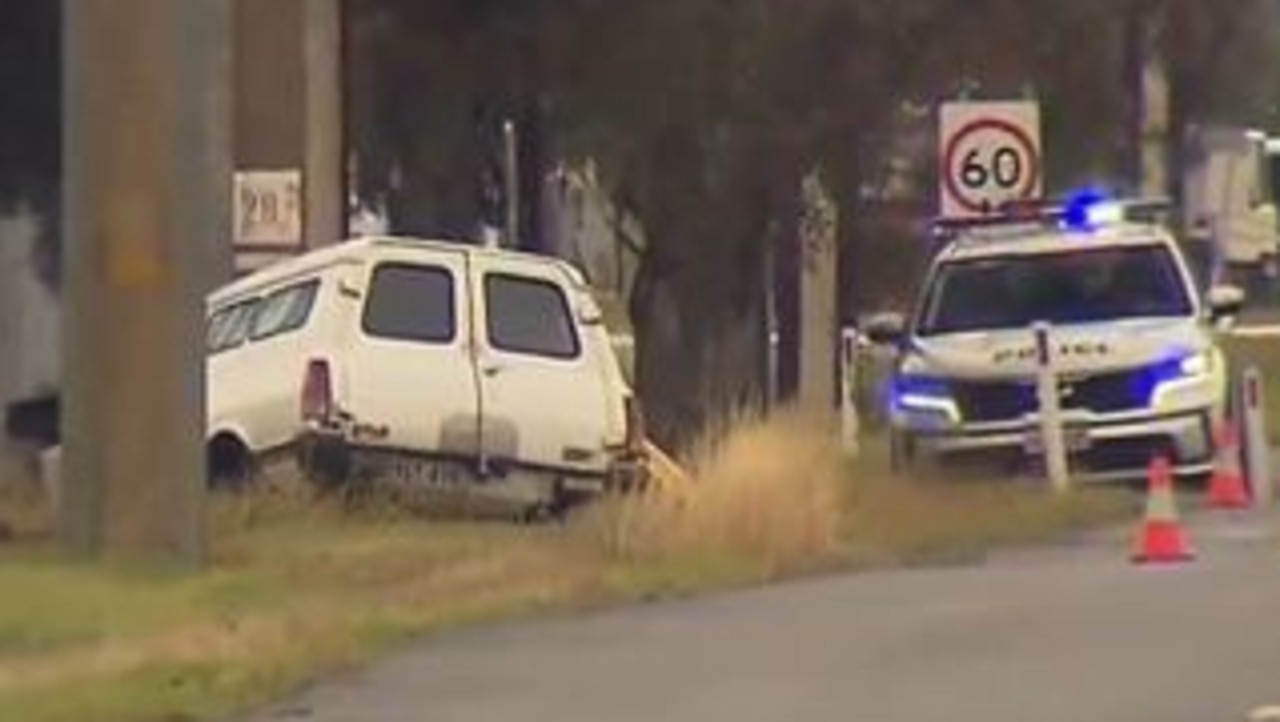‘Worst ramping in our state’s history’: Staggering $5.2m in wasted wages as ambos sit ramped across SA’s hospitals
The true cost of SA’s ramping crisis has been revealed, with more than $5m in paramedic wages spent sitting in car parks since Labor came into power.

SA News
Don't miss out on the headlines from SA News. Followed categories will be added to My News.
Ambulance officers have spent more than 86,000 hours waiting in hospital car parks, costing about $5.2m in paramedic wages, since the Labor government came to power on its core promise to “fix” ramping.
From March 2022, when the government was elected, to March 2024 inclusive, 86,317 hours have been lost to ramping. This compares to 46,353 hours lost in the corresponding period of March 2020-March 2022, inclusive of the previous Liberal government.
Based on a 40-hour working week, almost 10 years of ramped ambulances under Labor equals about $5,187,319 in average paramedic wages.
The latest enterprise agreement shows the starting base salary for a paramedic is $79,090, while recruitment websites such as Seek and Glassdoor estimate the average SA paramedic wage is around $125,000.
In the 2022-23 financial year, the SA Ambulance Service spent more than $322m in total on its staff costs.
Paramedics stuck in hospital car parks remain responsible for the care of their patients while waiting to transfer them to an emergency department, but ramping prevents them from attending emergencies.
The SA Ambulance Service is funded by two sources of revenue; cash raised by the treatment and transport of patients, and government grants.
Ambulance Employees Association secretary Leah Watkins said it was not just a health issue, but a financial one.
She said parked ambulances significantly reduced the number of patients attended by crews and therefore revenue – meaning an increased reliance on taxpayers’ government funds.
“The AEA believes that having patients ramped in ambulances in the care of two clinicians is not the most financially efficient way of providing care, and indeed does not constitute definitive care in itself,” Ms Watkins said.
“As well as ramping being detrimental to patient care, in that it delays access to quality care within the hospital, it does not make financial sense.
“The estimated total wages spent on ramping since March 2022 should be considered in light of the significant investment on initiatives intended to reduce ramping.”


The state government is now pointing to improvements in ambulance priority 1 and 2 response times since it was elected, rather than ambulances sitting ramped in car parks, as proof of improvements.
Latest figures for both of these show improvement in March compared to February.
Just over 70 per cent of priority 1 calls were attended to within eight minutes against the target of 60 per cent – up from 59.4 per cent in March 2022 – and more than 65 per cent of priority 2 calls were attended to within 16 minutes against a target of 90 per cent.
Those figures are the best priority 2 response times since April 2021 under the Liberal government.
Health Minister Chris Picton said the Malinauskas government remained determined to fix the ramping crisis with a $4.4bn investment into the health system, including 280 extra beds – equivalent to an extra Queen Elizabeth Hospital – coming into the system this year and next year, with a total of 550 new beds.
Mr Picton also pointed to the state government’s major hiring push for new nurses, doctors and allied health staff.
Ms Watkins said the union was “pleased” by the Malinauskas government’s investment initiatives – but Opposition Leader David Speirs lashed the rising ramping figures.

“South Australians haven’t forgotten that Peter Malinauskas’ number one election commitment was to ‘fix ramping’, but on his watch we’ve endured the worst ramping in our state’s history,” Mr Speirs said.
“These statistics aren’t just numbers, they represent sick and injured South Australians and paramedics who are stuck waiting outside our hospitals, and these new figures also starkly reveal the financial consequences of Peter Malinauskas’ failure to fix ramping.”
A ramping inquest is currently underway, investigating the deaths of Anna Vincenza Panella, 76, Bernard Anthony Skeffington, 89, and Graham Henry Jessett, 64, between 2019-early 2022.
It has been revealed all three patients suffered medical complications after being ramped for extended periods of time.
During evidence earlier this week, paramedic Darren McInerney said ramping was “the worst part of his job”.




